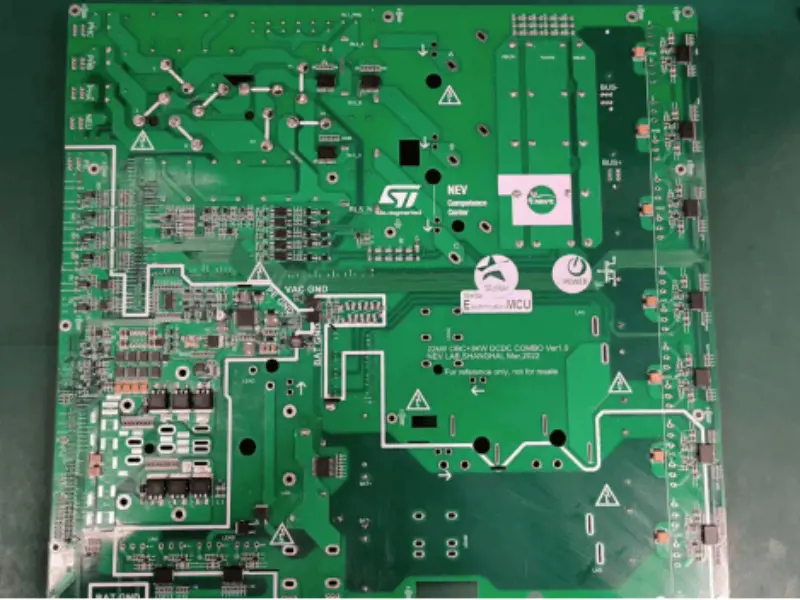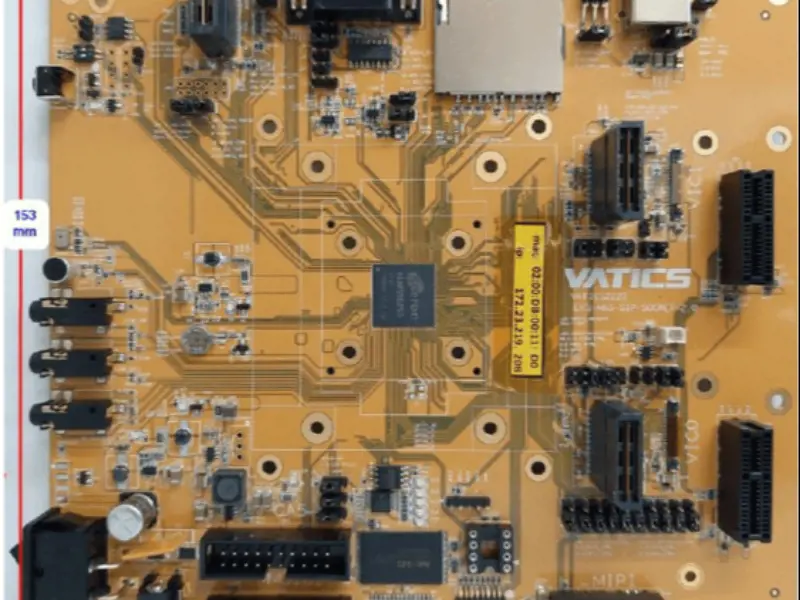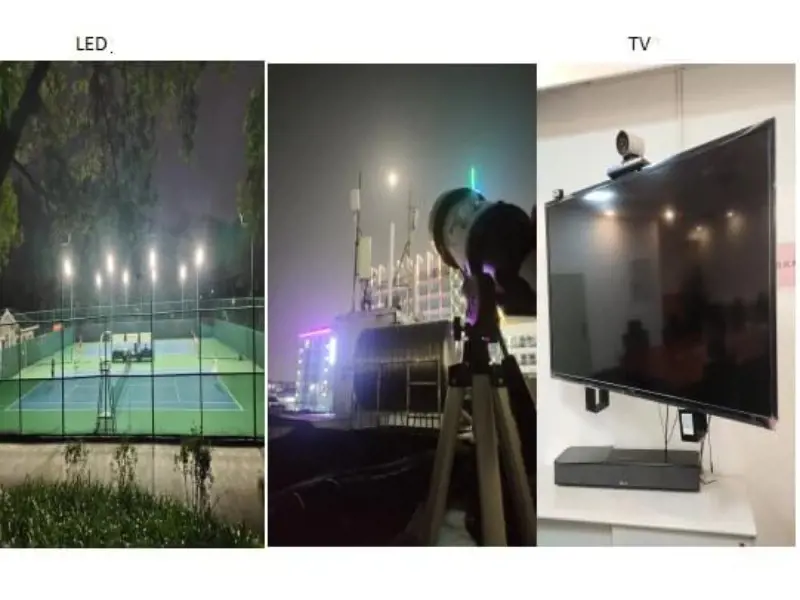Huawei Distribution Automation Solutions
With the advent of the smart grid era, as the last link directly affecting power supply quality and reliability, the construction of distribution network automation and intelligence is receiving increasing attention from power companies. Huawei's distribution automation solutions utilize advanced ICT technologies such as xPON and LTE to provide new ideas for developing distribution automation in the smart grid era.
Business Challenges
The distribution network covers a wide area, has a complex topology, and is a key link for power distribution and demand feedback. Its power supply reliability and quality are directly related to the development of economic activities and residents' normal life. Currently, the following challenges exist in the development of distribution automation:
The ageing of equipment and lines and unreasonable distribution of power grid lead to high power transmission loss and low power supply quality; the low degree of distribution automation and weak fault self-healing ability affect the production of power-using enterprises and residents' daily life; the wide coverage of distribution automation terminals and complex scenarios require high reliability and delay of a communication network; the operation status of distribution network equipment cannot be monitored, and it is difficult to locate faults manually, which makes management and operation and maintenance difficult.
The ultimate goal of distribution operation and management is to strengthen distribution automation construction, improve power supply reliability, improve distribution network line loss, increase power supply capacity, enhance management level and reduce operating costs. Huawei's distribution automation solution effectively helps improve the level of distribution network automation.
Solution Description
Huawei's distribution automation solution is divided into three major parts according to the vertical dimension: the terminal power, communication, and main station system layers.
Power terminal layer: Huawei provides DTU/TTU/FTU devices and video monitoring solutions covering various scenarios with major distribution automation secondary equipment manufacturers.
Communication layer: Huawei provides wired/wireless communication private network and public network solutions that adapt to various scenarios and customer needs, including xPON, LTE, industrial Ethernet switches, and GPRS/3G communication modules.
Master system layer: We provide power companies with overall ICT solutions for distribution automation master systems, including servers, storage, routers, switches and security devices, carrying distribution SCADA, feeder automation, distribution network dispatch management, GIS and other distribution automation business systems.
xPON-based Distribution Automation Communication Private Network Solution
In urban areas with fiber optic resources, such as CBD and high-tech zones, Huawei recommends adopting xPON-based distribution automation communication private network solutions.
The xPON-based distribution automation communication network scheme consists of the following components:
OLT (Optical Line Terminal): The optical line terminal, responsible for ONU's access and convergence function, is deployed at the substation; the uplink can be connected to the existing transmission network of the current power communication network.
ODN (Optical Distribution Network): ODN equipment is used in the access communication layer, which is the optical communication link between OLT and ONU.
ONU (Optical Network Unit): Optical network unit deployed in open and closed stations, ring network cabinets, column switches and other scenarios, responsible for the collection of monitoring data from FTU/RTU/TTU, etc. The ONU can provide two EPON ports on the uplink and can quickly switch to the backup port after a port failure. Huawei's SmartAX MA5621, the industry's first natural heat dissipation ONU device for private power networks, can be applied to remote information collection and transmission in power systems and can also meet construction needs such as video monitoring.
U2000 (Network Management System): With powerful network element layer and network layer management functions, it supports a variety of efficient management and maintenance methods such as no-site soft tuning, remote acceptance, remote upgrade and patching, and remote fault location.
The xPON distribution automation communication network has the following features:
Supports main/backup reversal and independent dual uplink to support distribution automation services in important load areas with high reliability.
It supports various security features such as anti-eavesdropping and anti-MAC spoofing to guarantee the security of distribution automation services fully.
The communication bandwidth can reach up to 2.5Gbps, and the transmission distance can reach 20km, which strengthens the service carrying capacity of the whole distribution automation.
Private network solution for distribution automation based on LTE
In mature urban areas where fiber optic resources are not available, fiber optic wiring is difficult, and construction is difficult and expensive, Huawei recommends the use of LTE-based distribution automation communication private network solutions.
The LTE-based private network solution for distribution automation communication mainly consists of the following parts:
Compact core network: It is the core network equipment of the LTE system, mainly responsible for the mobility management of the control plane, including user context and mobile state management, allocation of user temporary identity mark, authentication management, etc. The compact core network can be deployed in power supply companies, supporting multiple network elements such as SGSN&MME, GGSN&S/P-GW, CG, DNS, HLR&HSS and PCRF integrated into one cabinet to improve the integration of core network equipment and reduce the area occupied by the server room.
Distributed base station eNodeB (RRU+BBU): responsible for the transceiver function of wireless signals to realize the communication between the fiber optic transmission network and CPE. The distributed base station can be located at the location of the electric power supply bureau or substation, and the power supply bureau and substation are the properties of the electric power company, which can ensure the supply of transmission and power.
Wireless communication terminal CPE: connected to DTU/TTU/FTU through FE or serial port. CPE is mainly deployed in the vicinity of open and closed stations, ring network cabinets, etc.
M2000 (network management system): With the unified network management platform, it can shield the differences between different standard networks, keep pace with the network evolution and have future network management capability.
LTE distribution automation communication private network has the following features:
It is easy to set up a private wireless network in old urban areas, without fibre laying and later expansion, directly adding CPE and updating data, easy to build, easy to maintain and easy to expand.
QoS dynamic bandwidth allocation mechanism to meet the different priority requirements of various services in the power industry, bandwidth allocation can be made according to the priority, thus ensuring the effective execution of key services (such as relay protection, and remote control).
Two-way authentication, UTRAN encryption, signalling integrity protection and other measures to ensure the safety and reliability of the communication network.
Flat IP network architecture, with fewer nodes and low latency.
Business Value
Huawei's distribution automation solutions help power companies build a reliable, secure, and efficient ICT bearer platform for distribution automation services:
Improve power distribution automation and intelligence, reduce the number of outages and fault recovery time; flexible networking in multiple scenarios: provide multiple networking solutions such as xPON, LTE, and industrial switches to adapt to the needs of different scenarios. High bandwidth and low latency to meet the demand of various distribution automation services, guarantee the traditional "three remote" services and meet the large bandwidth demand of video monitoring and other services. The unified network management and visual operation and maintenance enable fast and precise location of faulty equipment. The one-stop solution of the hardware platform of the main station system ensures reliable and safe operation of main station software such as power distribution SCADA.
Previous: Tunnel Mine Emergency Communication Solutions
Next: Communication system phase-controlled power supply transformation solutions








